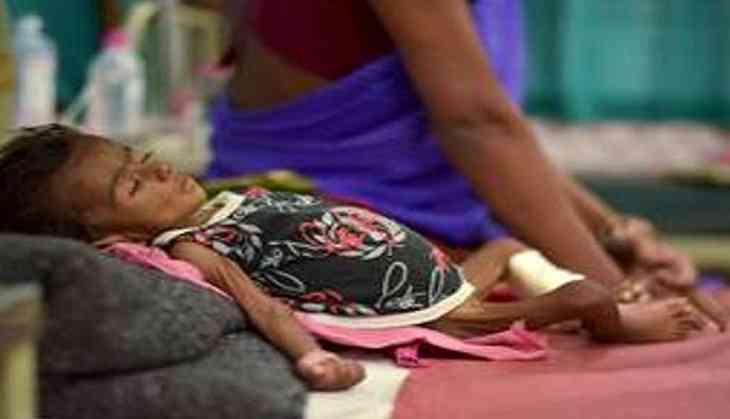
Nearly four percent of India's GDP is estimated to have been lost due to malnutrition, an ASSOCHAM-EY joint paper noted.
In lieu of this, the paper suggested that expenditure towards the welfare of women and children need to be higher, since the country hosts 50 percent of under-nourished children of the world, and women and girl children fall last in the household food serving.
Quoting data from the National Family Health Survey-4, the ASSOCHAM-EY paper noted that close to 60 percent of our children aged between 6 - 59 months are anemic. It is only about 10 percent of the country's total children who are receiving adequate diet.
Furthermore, about 55 percent of non-pregnant women and 58 percent of pregnant women aged between aged 15-49 years are anemic.
"A large part of India continues to consume non-nutritious, non-balanced food either in the form of under-nutrition, over-nutrition or micronutrient deficiencies. It is important to understand that mal-nutrition derives not just from lack of food but from a diverse set of inter-linked processes linking health care, education, sanitation, hygiene, access to resources and women empowerment", the paper said.
ASSOCHAM Secretary General D S Rawat said the government needs to pursue policies which "focus on removing health and social inequities. Programmes and policies that aim to address the nutrition burden present a double - win situation".
The adverse, irreversible and inter-generational impacts of malnutrition make optimal nutrition critical to the development of the country as a whole and all its citizens.
The paper said in order to cater to the large unmet needs of micro-nutrients, it is imperative to focus on production diversity as well as food fortification at a macro level.
For instance, millets are three to five times more nutritious than rice and wheat in terms of proteins, minerals, and vitamins. They are cost effective crops as well; yet considered as poor people's crop while rice and wheat are preferred over them. Millets are rich in Vitamin B, calcium, iron, potassium, magnesium, zinc and are gluten-free. They are suitable for people with gluten allergies or those with high blood sugar levels.
-ANI


